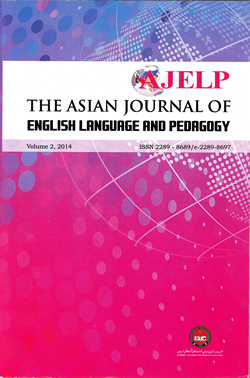Individual Dynamic Assessment: An Inventory of Teacher’s Mediational Strategies and Learners’ Responsive Moves for Listening
Keywords:
dynamic assessment, listening comprehension, mediational strategies, responsive movesAbstract
Following Vygotsky (1978), assessment needs to be more than the only observable behavior of the learners that represents the poor performance. Therefore, based on the sociocultural theory and the notion of ZPD, the present study constructs an interactionist dynamic assessment (DA) listening framework which manipulates the listening process by providing context-sensitive feedback to elicit the mediational strategies provided by the teacher and the responsive moves exhibited by the learners. The participants included six students at lower intermediate levels. The materials used in the enrichment sessions (DA-based instruction) were listening tracks taken from Listening Advantage Book 3. The qualitative analysis of DA protocols led to the development of the mediational strategies consisting of different forms of implicit to explicit feedback. The analysis of the mediational strategies demonstrated that replaying was the most frequently used strategy and the frequency of mediational strategies reduced in the final session. Regarding the learners’ responsive moves, the results indicated that learners tend to produce more progressive moves. Based on the findings, language teachers are suggested to use the mediational strategies and also to care about the learner’s responsiveness to pave the way for developmental changes and activate their learning potentials.





